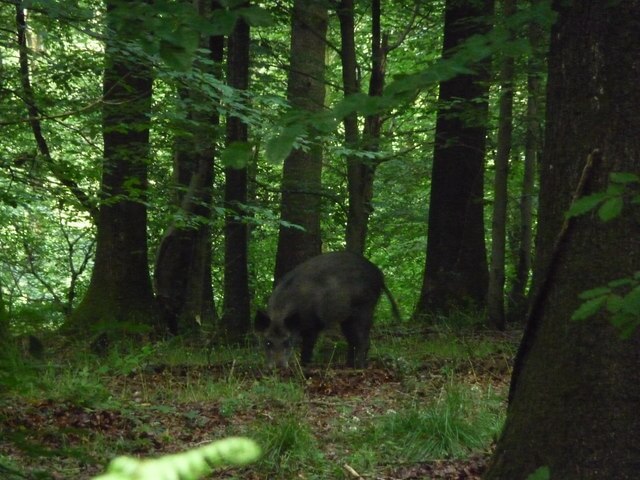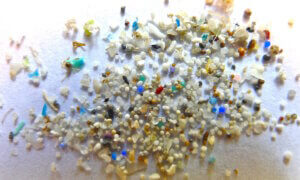What the Chernobyl HBO series didn’t show is the extent of the damage brought on by the nuclear power plant devastation on wildlife all over Europe – and how decades later it would still pose a problem.
However, according to a new report, it wasn’t Chernobyl to blame for the radioactive animals in Germany and Austria.
For those who didn’t know, Germany has struggled with radioactive wildlife for the past few decades and had a so-called “wild boar paradox”, where radioactivity for most animals decreased, minus for the wild boar species.
Yes, the wild pigs in Germany are radioactive, surpassing accepted radiation levels by a factor of 25.. Why that would be a case was a mystery that is now finally explained in a new study.
From MSN’s report on it:
“On April 26, 1986, the infamous explosion at a Chernobyl nuclear power plant unleashed large amounts of radiation into the atmosphere, an event that contaminated wildlife across country lines. The radiation levels seen in animals as a result has decreased in recent years — with the exception of one animal: the wild boar. For years, scientists questioned why levels of a radioactive isotope known as cesium-137 have remained surprisingly high in wild boars rooting around Germany and Austria, while decreasing in other deer and roe deer. In a new study released last week, a team of researchers finally solved this “wild boar paradox.”
They uncovered that the main radioactive source is not the Chernobyl accident but nuclear weapons testing from the 1960s…
Radioactive cesium results from both nuclear weapons explosion and nuclear energy production. The element comes in different isotopic composition, cesium-135 and cesium-137, depending on the source.
By analyzing the ratio of these amounts, the researchers can pinpoint the source of the radiation… In the nearly 50 collected meat samples, the team found 88 percent of the samples were above Germany’s regulatory limits for radioactive cesium in food.
Calculating the ratio of cesium isotopes in the samples, they found that nuclear weapons testing accounted for 10 to 68 percent of the contamination.
Even if the Chernobyl accident had never happened, “some of the wild boars would actually still exceed the regulatory limits for food safety limits only because of the weapons tests today,” said Georg Steinhauser, a radiochemist at TU Wien and author of the new study. “I think this is pretty mind-blowing because they were 60 years ago.”
According to Steinhauser and his fellow scientists, wild boars being radioactive is actually caused from deer truffle mushrooms, one of their primary food sources in winter, when resources are scarce.
Because Cesium slowly seeps through the soil, it can be absorbed by mushrooms and end up in wildlife.
Also read: Scientist Shows What Oppenheimer Got Wrong In His Definition of Quantum Mechanics
The really bad news?
Cesium seeps very slowly through soil, at a rate of about 1 mm per year, which means that the current truffles have only absorbed the oldest radioactive material from 60 years ago – with the newer one from Chernobyl still making its way towards the soil depth in which mushrooms grow.
That means that, as time passes, radioactivity levels in fauna will actually increase.
You can the study done by Georg Steinhauser, a radiochemist at TU Wien, and his team at ACS Publications.
Photo by Jeremy Bolwell, released under a Creative Commons license.
Also read: Scientists Genetically-Engineered A Fully Transparent Squid To Look Inside Its Brain
Follow TechTheLead on Google News to get the news first.























